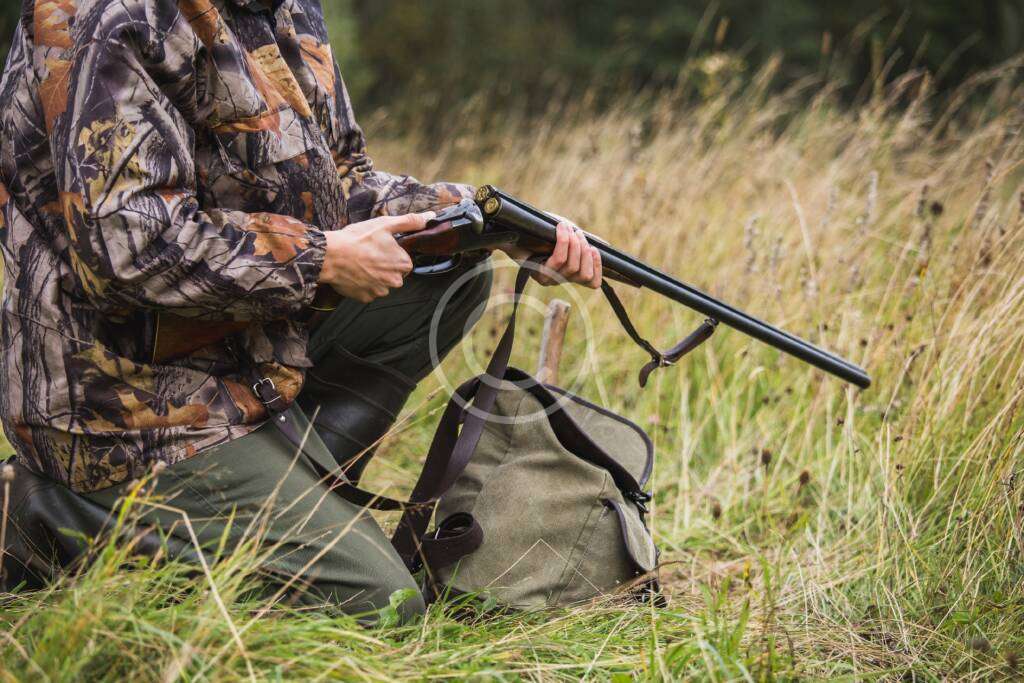Hunting Strategies for Small & Big Game
Hunting is an art that requires skill, preparation, and an understanding of your target. Whether you’re pursuing small game like rabbits or squirrels, or big game such as deer or elk, the right strategy is crucial for a successful and ethical hunt. This guide provides expert hunting strategies for both **small and big game**, helping you make the most of your time in the field.

Small Game Hunting Strategies
Why Hunt Small Game: Small game hunting is an excellent way for beginners to learn tracking, shooting, and stealth. It’s also a great opportunity for experienced hunters to refine their skills.
1. Scout the Right Habitat
Small game animals like rabbits, squirrels, and upland birds thrive in specific habitats. Look for areas with dense brush, wooded areas, or fields with plenty of food sources.
Pro Tip: Early morning and late afternoon are the best times to find active small game.
2. Use the Right Gear
Having the appropriate gear is key for small game hunting. Lightweight firearms or air rifles are often ideal for small targets.
- Recommended Caliber: .22 LR for rabbits and squirrels.
- Clothing: Camouflage or muted colors to blend into the surroundings.
3. Employ Stealth and Patience
Small game animals are easily spooked. Move slowly, keep noise to a minimum, and use natural cover to your advantage.
Big Game Hunting Strategies
Why Hunt Big Game: Big game hunting offers a challenging and rewarding experience, often requiring advanced tracking skills, precision, and endurance.
1. Pre-Season Preparation
Successful big game hunting begins long before the season starts. Scout your hunting area, study animal behavior, and check local regulations.
- Trail Cameras: Use trail cameras to monitor animal movements.
- Maps: Study topographic maps to identify key areas like bedding grounds and feeding zones.
2. Tracking and Stalking
Tracking is an essential skill for big game hunting. Look for fresh tracks, droppings, and signs of feeding. When stalking, stay downwind to avoid detection.
Pro Tip: Use binoculars or spotting scopes to observe game from a distance without alerting them.
3. Shot Placement and Ethics
For an ethical kill, aim for vital areas like the heart or lungs. Practice at different distances to ensure accuracy under various conditions.
Recommended Calibers: .270 Winchester for deer and antelope, .30-06 Springfield for elk and moose.
General Tips for Small and Big Game Hunting
Regardless of the type of game you’re hunting, these tips will enhance your success:
- Understand the Regulations: Check local hunting laws for bag limits, season dates, and required licenses.
- Practice Shooting: Hone your skills at the range to ensure confidence in the field.
- Stay Safe: Always wear blaze orange in areas with other hunters and communicate your location if hunting in a group.
- Pack Essentials: Carry a first-aid kit, navigation tools, and enough food and water for your trip.

